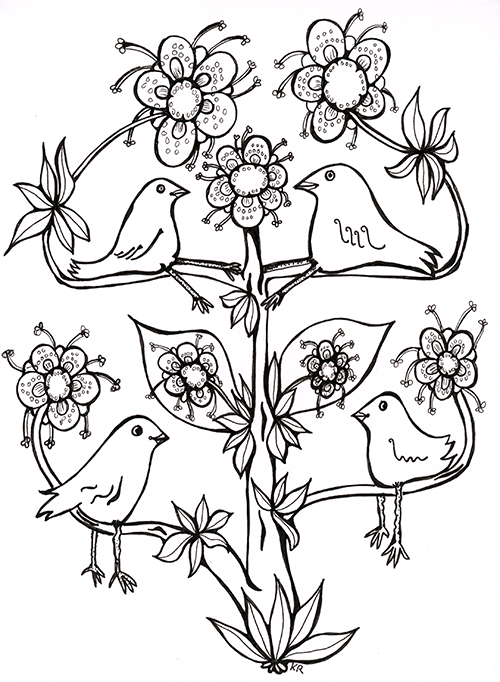The Arctic Tern (Sterna paradisaea) is mainly a seabird, they say. These pictures are taken in Veiðivötn in the Interior of Iceland, far from the sea, in July this year. Here you can see how aggressive it is during the breeding season, –very protective of its young ones.
The Arctic Tern flies South for the wintertime. It is a long lived bird, reaching the age of 30 even.








